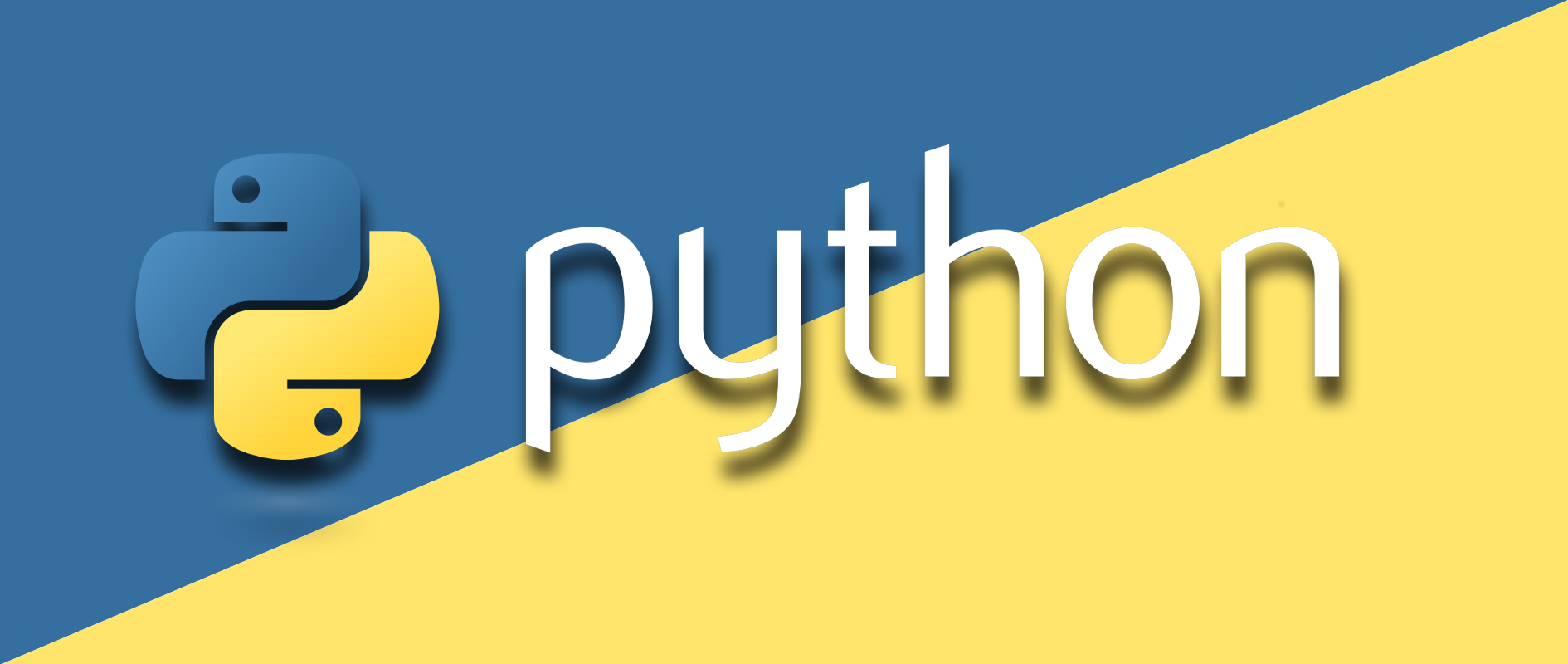Python 3.11.0 正式发布!主要新特性一览
去年(2021)的 10 月份,Python 发布了 3.10.0 正式版,我也在第一时间做了介绍(相关文章);一年后的几天前,Python 3.11.0 正式版也亮相了。目前的下载链接:https://www.python.org/downloads/release/python-3110/
下面就让我们看一下主要的新特性吧。
快
3.11 带来的最直观变化就是,Python 更快了。官方的说法是能带来 10%~60% 的提速,在基准测试上平均达到了 1.22x。更细致的介绍请参见 What’s New In Python 3.11 — Python 3.11.0 documentation。
下面摘录其中部分提升
| 操作 | 形式 | 限定 | 最大加速 | 贡献者(们) |
|---|---|---|---|---|
| 二元运算 | x+x; x*x; x-x; |
Binary add, multiply and subtract for common types such as int, float, and str take custom fast paths for their underlying types. |
10% | Mark Shannon, Dong-hee Na, Brandt Bucher, Dennis Sweeney |
| 下标读取 | a[i] |
Subscripting container types such as list, tuple and dict directly index the underlying data structures.Subscripting custom __getitem__ is also inlined similar to Inlined Python function calls. |
10-25% | Irit Katriel, Mark Shannon |
| 下标写入 | a[i] = z |
Similar to subscripting specialization above. | 10-25% | Dennis Sweeney |
| 函数调用 | f(arg) C(arg) |
Calls to common builtin (C) functions and types such as len and str directly call their underlying C version. This avoids going through the internal calling convention. |
20% | Mark Shannon, Ken Jin |
| 加载全局变量 | print len |
The object’s index in the globals/builtins namespace is cached. Loading globals and builtins require zero namespace lookups. | 1 | Mark Shannon |
| 加载属性 | o.attr |
Similar to loading global variables. The attribute’s index inside the class/object’s namespace is cached. In most cases, attribute loading will require zero namespace lookups. | 2 | Mark Shannon |
| 加载方法调用 | o.meth() |
The actual address of the method is cached. Method loading now has no namespace lookups – even for classes with long inheritance chains. | 10-20% | Ken Jin, Mark Shannon |
| 属性赋值 | o.attr = z |
Similar to load attribute optimization. | 2% in pyperformance | Mark Shannon |
| 序列拆包 | *seq |
Specialized for common containers such as list and tuple. Avoids internal calling convention. |
8% | Brandt Bucher |
- 1:类似的优化已在 Python 3.8 出现, 3.11 能针对更多特定情况、减少开支.
- 2:类似的优化已在 Python 3.8 出现, 3.11 能针对更多特定情况。 此外,所有对属性的加载都应由 bpo-45947 得以加速.
秉持着试试的思想,我自己也写了段简单的代码进行比较,三种不同的操作各跑 5 组,每组多次,最后平均再输出。代码如下:
1 | """author: FunnySaltyFish,可在 Github 和 掘金 搜此名找到我""" |
在 Python 3.10.4 运行输出如下:
1 | 列表生成器 平均耗时 3.470s |
在 Python 3.11.0 结果如下:
1 | 列表生成器 平均耗时 4.367s |
结果令我很意外,除了函数调用那组,py 311 在其他两项上反而慢于 310。即使我重新跑了几次效果都差不多。可能是我打开的姿势不对?如果您读到这里发现了问题或者想自己试试,也欢迎在评论区一起讨论。
更友好的错误提示
PEP 657 – Include Fine Grained Error Locations in Tracebacks
Py 310 也有这方面的优化,311 则更进一步。
动机
比如说下面的代码:
1 | x['a']['b']['c']['d'] = 1 |
如果上面一长串中,有任何一个是 None,报错就是这个样子:
1 | Traceback (most recent call last): |
从这个报错很难看出到底哪里是 None ,通常得 debug 或者 print 才知道。
所以在 311 里,报错进化成了这样:
1 | Traceback (most recent call last): |
这样就能直观地知道,['c']这里出问题了。
更多例子如下所示:
1 | Traceback (most recent call last): |
1 | def foo(x): |
异常组与 except *
动机
- 并发错误:很多异步任务的各种框架允许用户同时进行多个任务,并将结果聚合后一起返回,这时进行异常处理就比较麻烦
- 在复杂计算中抛出的多个错误
pep 中列出了几种情况,总的来说很多都围绕“同时有多个错误发生,且每一个都需要处理”的情况。为了更好解决这个问题, 311 提出了异常组
ExceptionGroup
此 pep 提出了两个新的类: BaseExceptionGroup(BaseException) 和 ExceptionGroup(BaseExceptionGroup, Exception). 它们可以被赋给Exception.__cause__ 、 Exception.__context__,并且可以通过raise ExceptionGroup(...) + try: ... except ExceptionGroup: ... 或 raise BaseExceptionGroup(...) + try: ... except BaseExceptionGroup: ... 抛出和捕获。
二者的构造参数均接受俩参数:
message:消息exceptions:错误列表
如:ExceptionGroup('issues', [ValueError('bad value'), TypeError('bad type')])
区别在于,ExceptionGroup 只能包裹 Exception 的子类 ,而 BaseExceptionGroup 能包裹任意 BaseException 的子类。 为行文方便,后文里的“异常组”将代指二者之一。
因为异常组可以嵌套,所以它能形成一个树形结构。方法 BaseExceptionGroup.subgroup(condition) 能帮我们获取到满足条件的的子异常组,它的整体结构和原始异常组相同。
1 | eg = ExceptionGroup( |
如果 subgroup啥也没匹配到,它会返回None;如果你想把匹配的和没匹配的分开,则可以用spilt方法
1 | type_errors, other_errors = eg.split(lambda e: isinstance(e, TypeError)) |
exept *
为了更好处理异常组,新的语法except*就诞生了。它可以匹配异常组的一个或多个异常,并且**将其他未匹配的继续传递给其他except***。示例代码如下:
1 | try: |
对于上面的例子,假设产生异常的代码为ubhandled = ExceptionGroup('msg', [FooError(1), FooError(2), BazError()])。则 except* 就是不断对 unhandled 进行 spilt,并将未匹配到的结果传下去。对上面的例子:
unhandled.split(SpamError)返回(None, unhandled),unhandled不变unhandled.split(FooError)返回match = ExceptionGroup('msg', [FooError(1), FooError(2)])、rest = ExceptionGroup('msg', [BazError()]). 这个except*块会被执行,e和sys.exc_info()的值被设为match,unhandled=rest- 第三个也匹配到了,
e和sys.exc_info()被设为ExceptionGroup('msg', [BazError()])
对于嵌套的情况,示例如下:
1 | try: |
更多复杂的情况请参考 pep 内容,此处不再赘述
TOML 的标准库支持
类似于 Json 和 yaml,TOML 也是一种配置文件的格式。它于 2021.1 发布了 v1.0.0 版本。目前,不少的 python 包就使用 TOML 书写配置文件。
TOML 旨在成为一个语义明显且易于阅读的最小化配置文件格式。
TOML 被设计成可以无歧义地映射为哈希表。
TOML 应该能很容易地被解析成各种语言中的数据结构。
一个 TOML 的文件例子如下:
1 | name = "FunnySaltyFish" |
它转化为 Json 如下所示
1 | { |
3.11 中使用的方法也很简单,基本和 json 模块用法类似。不过并未支持写入,需要的话可以用第三方库 toml
1 | import tomllib |
typing.Self
这是 python 的 type hint 的增强,如果不太了解,可以参考我写的 写出更现代化的Python代码:聊聊 Type Hint,里面已经提到了这个特性。
简而言之,typing.Self 用于在尚未定义完全的类中代指自己,简单解决了先有鸡还是先有蛋的问题。用法如下:
1 | from typing import Self |
Variadic Generics 不定长泛型
要解释这个,我们需要先提一下泛型。如果你学过其他语言,比如 Java,你不会对这个概念陌生。
举个栗子,如果你希望写一个 f 函数,你希望这个函数支持传入类型为 list[int]或list[str]的参数,也就是各项类型相同且要么为int要么为str的列表。你可以这样写:
1 | from typing import TypeVar |
T 就代表泛型,根据传入的参数情况,被认定为 int 或 str。
如果需要写泛型类,我们可以用到 Generic。比如下面的代码:
1 | K = TypeVar("K", int, str) |
此代码引自 Python 3.11新加入的和类型系统相关的新特性,一篇很好的文章,大家也可以去看一下
回到本文,为什么 3.11 又提出了个 TypeVarTuple 呢?让我们考虑这样的情况:
我们给定一个函数,它接收一个数组,并且对数据的形状有严格要求。
事实上,如果你经常用 numpy、tensorflow 或者 pytorch 之类的库,你会经常碰见类似的情况。
1 | def to_gray(videos: Array): ... |
但从这个标记中,很难看出数组应该是什么 shape 的。可能是:
batch × time × height × width × channels
也或者是
time × batch × channels × height × width.
所以,TypeVarTuple就诞生了。我们可以类似这样去写这个类:
1 | from typing import TypeVar, TypeVarTuple |
在使用时就可以限制维度和格式:
1 | from typing import NewType |
或者甚至指定确切的大小(使用 字面量 Literal)
1 | from typing import Literal as L |
更多的介绍请参考 pep
任意字符串字面量
PEP 675 – Arbitrary Literal String Type
可选的 TypedDict 键
PEP 655 – Marking individual TypedDict items as required or potentially-missing
数据类变换
PEP 681 – Data Class Transforms
关于上面三者的介绍,我感觉 Python 3.11新加入的和类型系统相关的新特性 已经很清晰了,我就不重复造轮了。感兴趣的读者可以前往阅读
除此之外
除了上面提到的 pep,3.11 的主要更新列表还包含两个 gh,分别为
- gh-90908 – 为 asyncio 引入任务组
- gh-34627 – 正则表达式项支持 Atomic Grouping (
(?>...)) 和 Possessive Quantifiers (*+, ++, ?+, {m,n}+)
感兴趣的同学可以自行前往对应链接阅读。
本文完。
作者 FunnySaltyFish,juejin/Github 可直接搜到。本文仅发于掘金和个人网站(blog.funnysaltyfish.fun),如需交流建议前往这俩平台找我(掘金优先)






